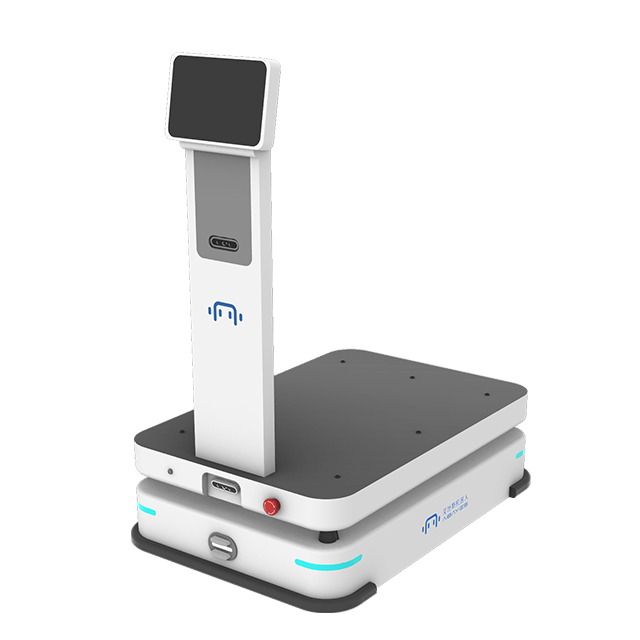The development of the new energy industry has driven an increase in demand for logistics and material handling. However, compared to traditional logistics and material handling, new energy logistics and material handling face some challenges. To address these issues, the application of robots has become an innovative solution. This article will explore the pain points in the scenarios of new energy logistics and material handling where robots are involved and propose corresponding solutions and highlights.
Pain points in the scenario:
- Heavy Object Handling: Logistics and material handlingin the new energy industry often involve heavy objects, placing high demands on manual handling, which may pose potential safety risks and involve high labor intensity.
- High-Quality Requirements: New energy products have high requirements for logistics and material handling, necessitating the assurance of item integrity and quality. However, manual handling may lead to issues such as improper handling and vibration damage.
Implementation Challenges
- Adaptation to Complex Environments: New energy logistics and material handling environments are complex and ever-changing, involving items of different shapes, sizes, and weights. Robots need to have the ability to adapt to these diverse environments.
- Technical Challenges: Robots require high-precision positioning, gripping, and handling capabilities, as well as the ability to perceive and avoid obstacles. This places high demands on the technical capabilities of the robots.
- Cost Investment: Introducing robot handling systems requires investments in equipment procurement, system integration, and training, which may put financial pressure on businesses.
Solutions:
- Automated Material Handling Robots: Introducing automated material handling robots can achieve efficient logistics and material handling. These robots have strong carrying capacities and precise positioning systems, allowing them to accurately handle and place heavy objects.
- Intelligent Perception and Avoidance Systems: Robots are equipped with intelligent perception technology that can recognize obstacles, personnel, and other objects, thus avoiding collisions and enhancing the safety of handling operations.
- Data Tracking and Management Systems: Data generated during the robot handling process can be recorded and analyzed through tracking and management systems. This enables monitoring of item status and quality, timely issue detection, and corrective actions.
Highlights of the Solution:
- Enhanced Safety: Robot handling solutions reduce the risks associated with manual handling, decreasing the occurrence of accidents and providing a safer working environment for employees.
- Improved Efficiency: The application of automation robots can enhance the efficiency and accuracy of logistics and material handling, reducing handling time and error rates, thus improving overall work efficiency.
- Quality Assurance: Robot handling solutions reduce the uncertainty associated with manual operations, ensuring item integrity and quality. This, in turn, enhances customer satisfaction and brand reputation.




